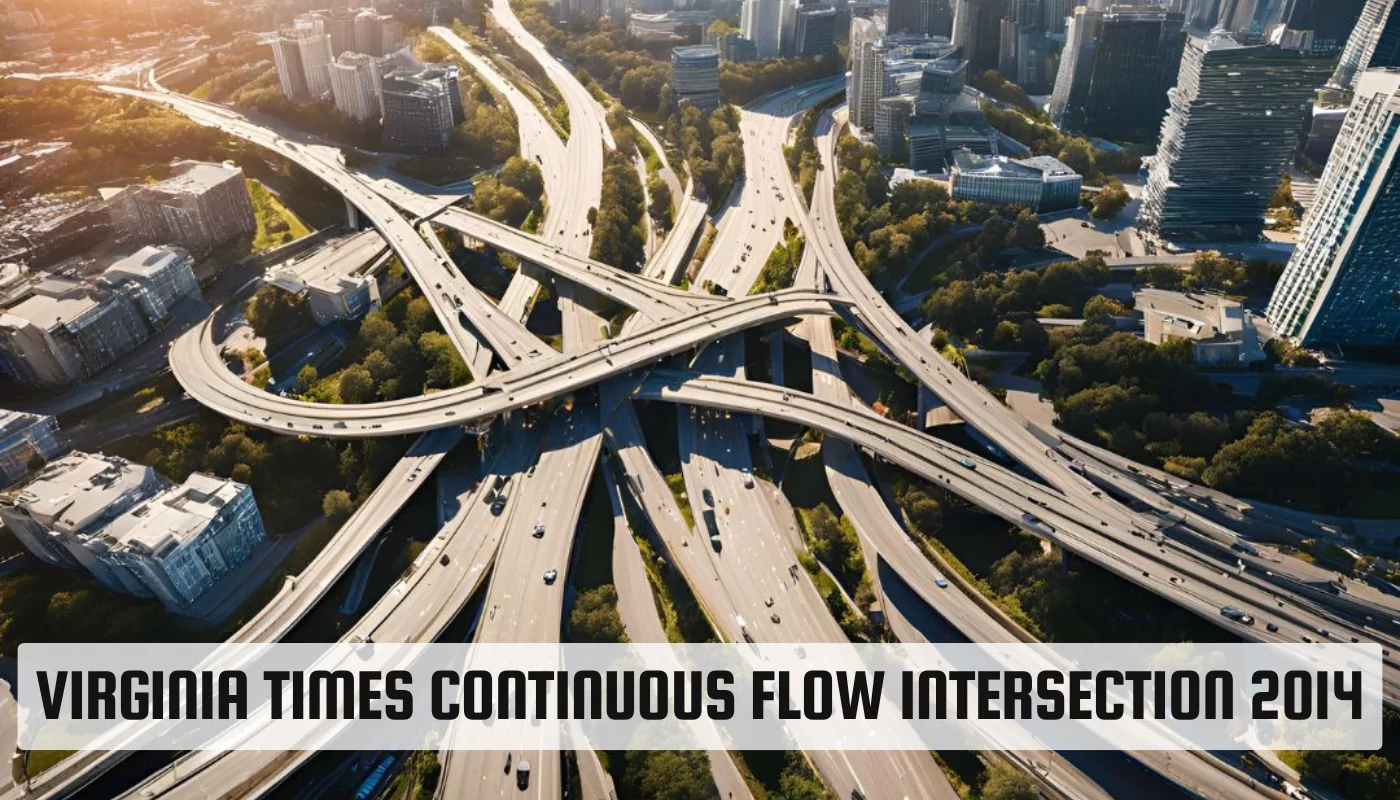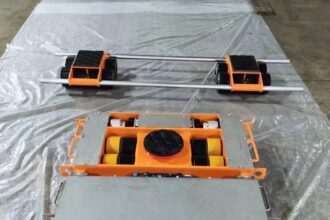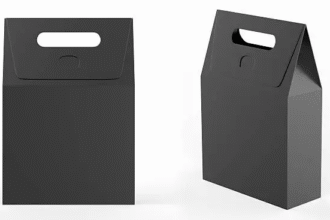Traffic congestion can feel like a never-ending battle for commuters. The frustration of waiting at red lights, especially during peak hours, is all too familiar. Enter the Virginia Times Continuous Flow Intersection 2014 (CFI) from 2014—a revolutionary design aimed at transforming our roadways and enhancing traffic flow. This innovative approach not only reduces delays but also improves safety for drivers and pedestrians alike. Curious about how this unique intersection works? Let’s dive into the fascinating world of CFIs and explore their impact on Virginia Times Continuous Flow Intersection 2014 traffic landscape!
What is a Continuous Flow Intersection?
A Continuous Flow Intersection (CFI) is a traffic design that alters traditional intersections to enhance flow and reduce delays. Unlike standard setups, CFIs allow vehicles to make left turns while simultaneously keeping through traffic moving.
In a CFI, the left-turning lanes are shifted to the left of oncoming traffic. This configuration eliminates the need for dedicated turn signals, freeing up green light time for other directions.
As cars approach from different angles, they can navigate more smoothly without stopping at multiple signals. The resulting layout minimizes congestion by reducing conflict points where accidents are likely.
This innovative intersection type also prioritizes safety by separating turning vehicles from through traffic. CFIs aim to create a seamless driving experience while making roadways safer for everyone involved.
The History and Development of the Virginia Times CFI
The Virginia Times Continuous Flow Intersection 2014 (CFI) made its debut in 2014, marking a significant shift in traffic management strategies. This innovative design aimed to alleviate congestion at some of the state’s busiest intersections.
Prior to its implementation, traffic flow issues plagued residents and commuters alike. The need for an efficient solution prompted transportation officials to explore alternatives that could enhance mobility without extensive road expansions.
After months of planning and community engagement, the first CFI was constructed. Engineers meticulously designed it to allow vehicles to make left turns without stopping on their original path. This unique configuration not only improved traffic efficiency but also reduced wait times significantly.
As word spread about its effectiveness, additional CFIs began sprouting across Virginia Times Continuous Flow Intersection 2014. What started as an experimental intersection quickly became a model for urban planners seeking smarter solutions in managing increasing traffic demands.
How Does a CFI Work?
A Continuous Flow Intersection (CFI) operates on a unique principle. Vehicles make left turns before reaching the main intersection. This design eliminates traditional traffic signals for those turning left.
Instead of waiting at a signal, drivers merge into designated lanes where they can proceed freely once it’s safe to do so. The result? Increased efficiency and reduced congestion.
Pedestrians also benefit from this layout. They have dedicated crosswalks that enhance safety while minimizing delays for vehicles.
The CFI’s innovative design allows more cars to move through intersections without compromising safety. Traffic flows continuously, reducing idle time and emissions from stopped vehicles.
These intersections utilize intelligent signaling systems to guide traffic effectively. Drivers receive clear directions, ensuring smooth transitions throughout the junctions.
Benefits of the Virginia Times CFI
The Virginia Times Continuous Flow Intersection 2014 (CFI) brings several advantages to the table. First and foremost, it enhances traffic flow. By allowing vehicles to make left turns without waiting at a signal, congestion is significantly reduced.
Safety is another key benefit. CFIs minimize the potential for high-speed collisions by separating conflicting traffic movements. This design lowers crash risks and improves overall pedestrian safety.
Time savings also play a crucial role in its appeal. Commuters experience shorter wait times at red lights, leading to quicker journeys. As a result, this efficiency can lead to lower fuel consumption and reduced vehicle emissions.
Moreover, the CFI promotes better lane utilization. With designated lanes for various movements, drivers enjoy clearer navigation through complex intersections.
These innovative designs often lead to increased economic activity in surrounding areas as improved access attracts more visitors and businesses alike.
Criticisms and Challenges of the CFI
Despite its innovative design, the Continuous Flow Intersection (CFI) has faced criticism. Some drivers struggle to adapt to its unique flow patterns. This confusion can lead to increased anxiety at first.
Another challenge is the initial cost of construction. Building a CFI requires significant investment in redesigning existing roadways and traffic signals. Local governments may hesitate due to budget constraints.
Safety concerns also arise during implementation phases. Transitioning from traditional intersections means educating drivers about new rules and layouts, which not everyone adapts quickly.
Moreover, pedestrians can feel vulnerable at CFIs. The change in how vehicles navigate intersections might create uncertainty for those on foot or biking nearby.
Public perception plays a role in acceptance. While some view it as an advancement, others see it as unnecessary complexity that could hinder efficient travel times.
Future Plans for CFIs in Virginia
Virginia Times Continuous Flow Intersection 2014 is keen on expanding its network of Continuous Flow Intersections (CFIs). The success of the Virginia Times CFI has sparked interest in similar designs across the state.
Transportation planners are exploring various locations that would significantly benefit from CFIs. These intersections promise to alleviate congestion and enhance safety for drivers and pedestrians alike.
The potential expansion aligns with Virginia Times Continuous Flow Intersection 2014 broader goals for sustainable transportation. By improving traffic flow, these innovative designs can contribute to reduced emissions and a better environment.
Public feedback is also being gathered to ensure community needs are met in future projects. Engaging residents fosters support and helps identify additional areas where CFIs could thrive.
As technology evolves, there may be opportunities to integrate smart features into new installations. This could lead to even more efficient traffic management systems throughout Virginia Times Continuous Flow Intersection 2014 roadways.
Conclusion
The Virginia Times Continuous Flow Intersection 2014 (CFI) has made a significant impact on traffic management and safety in the region since its implementation in 2014. This innovative design enhances vehicle flow by allowing left-turning vehicles to bypass waiting at the intersection’s traffic signals. As cities continue to face congestion challenges, CFIs present a viable solution that improves efficiency while reducing collision risks.
As we look ahead, it’s clear that the principles behind the Virginia Times Continuous Flow Intersection 2014 CFI could be applied more broadly across other parts of Virginia Times Continuous Flow Intersection 2014 and beyond. The success observed here serves as an encouraging example for urban planners seeking effective ways to modernize intersections and enhance overall road safety.
Understanding these intersections can help shape future infrastructure projects aimed at improving transportation systems nationwide. With ongoing assessments and potential adaptations based on feedback from users, there’s room for continued growth in this area. The future of traffic management may well hinge upon innovations like those pioneered with the Virginia Times Continuous Flow Intersection 2014 model from 2014.

















